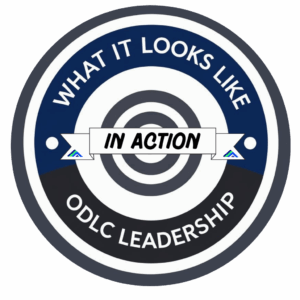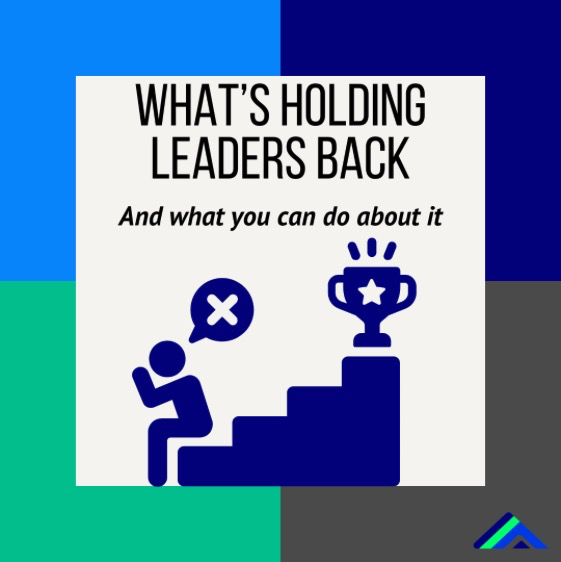In this current moment — when the very language of equity is being challenged, digital innovation is accelerating faster than our infrastructure, and value-based care is rewriting what “good” looks like — leadership has never been more tested.
And yet, the most significant barriers aren’t always external.
They’re the hidden beliefs we carry within our own leadership — the stories we tell ourselves about what’s required to succeed, to belong, to be taken seriously.
Through my work with health systems, national societies, and industry partners across the country, I’ve seen how these beliefs quietly shape even the most committed leaders. They don’t show up as defiance; they show up as exhaustion, hesitation, or overextension.
What Are Hidden Blockers?
In a recent Harvard Business Review article, Muriel Wilkins describes unproductive leadership beliefs as “hidden blockers” — inner scripts that once fueled our success but now quietly constrain it.
Hidden blockers often sound like high standards — but they erode leadership from within. Here are some examples:
“I need to be involved” → Micromanagement that limits scale and trust.
“I need it done now” → False urgency that drives burnout, not impact.
“I know I’m right” → Certainty that closes doors to innovation and dialogue.
“I can’t make a mistake” → Perfectionism that stalls risk-taking and learning.
“I can’t say no” → Overcommitment that drains clarity and purpose.
“I don’t belong here” → Impostor doubt that silences necessary voices.
Each mindset frame began as protection — a way to navigate systems that weren’t built with equity or inclusion in mind. But in today’s climate, those same instincts can become traps, magnified by political tension, public scrutiny, and organizational fatigue.
How To Break Through the Blockers
 Are you hitting a leadership wall? If so, you’re not alone. Here’s what we recommend to break down that barrier:
Are you hitting a leadership wall? If so, you’re not alone. Here’s what we recommend to break down that barrier:
STEP 1: Name it. Notice the belief under your tension or frustration.
STEP 2: Unpack it. Ask where it came from — and whether it still serves you in this climate.
STEP 3: Reframe it. For example, move from “I need to be involved” to “I need to empower others.”
STEP 4: Embed it. Test the new belief in one daily leadership decision. Pause before responding. Delegate with clarity. Choose trust over control.
Progress — in systems or in self — begins with what we choose to believe.
In a time when healthcare leaders are asked to bridge divides, rebuild trust, and advance health equity amid turbulence, these internal narratives can unintentionally reinforce the very barriers we aim to dismantle.
Recognizing them isn’t about self-critique — it’s about reclaiming capacity.
Every belief we hold about leadership shapes how we lead teams, influence systems, and respond to resistance.
Ask Yourself: “What am I believing right now that’s driving how I show up?”
That single question can turn reactivity into strategy. And, in this era of complexity, clarity of belief is clarity of direction.
Keep Pushing,
Dr. Erica


